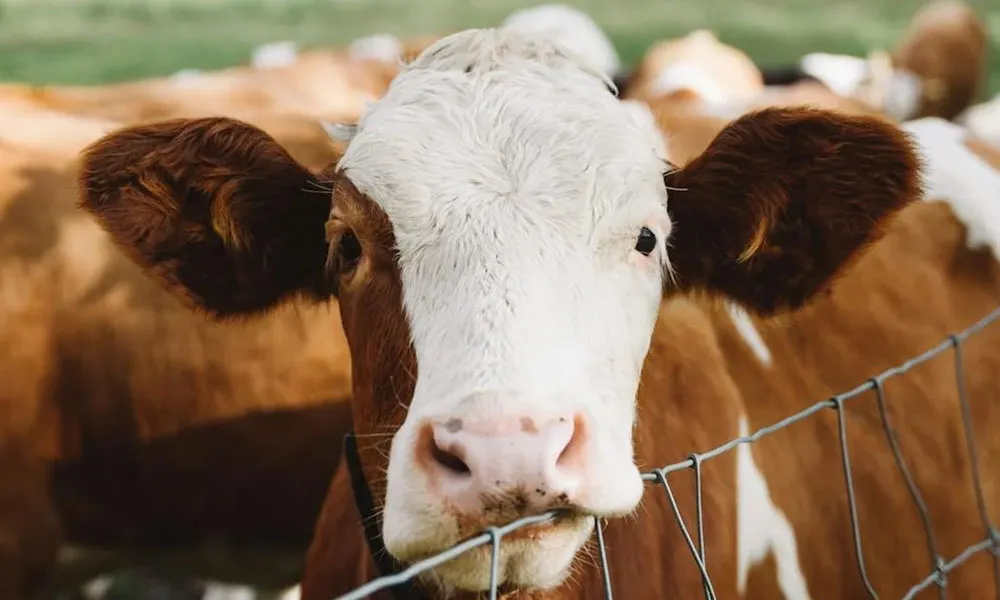
Dairy-beef systems and grazing season
At a time when anthelmintic resistance is a growing concern on Irish farms, dairy-beef farmers will be eager to get their dosing regime right. Like all young cattle, calves raised in a dairy-beef system are vulnerable to parasitic infections during their first grazing season, when natural resistance is still very low. Of particular concern are stomach worms and lungworms. Finding the right management regime during the grazing season will help to ensure thrive and maximum weight gain on summer grass.
Understanding anthelmintic resistance
Anthelmintic resistance has become a significant part of the national discourse in the agricultural sector over the past decade or so. In essence, it describes the phenomenon by which parasites, and in particular stomach worms, are becoming resistant do the drugs (dosing drenches) that have traditionally been used to kill them.
Blame for this has largely been attributed to the practice of overdosing (i.e. using too much dose when treating animals and treating animals that don’t need to be treated/dosing too frequently). As a result, farmers are now being advised to only dose animals that already have a parasitic infection, and to be judicious in following manufacturer’s instructions when administering worm doses.
Understanding anthelmintics
Anthelmintics are dosing products used to kill parasitic infections in livestock. Three anthelmintic products have traditional been sold in Ireland. These are levamisole (yellow dose), benzimidazole (white dose) and macrocyclic lactones (clear dose). These three products are sold under many different labels, with some products containing more than one of the three.
The yellow, white and clear doses are particularly effective against worms at different stages of the lifecycle. The white doses (benzimidazoles), which have always been particularly popular in Ireland, are effective against eggs, larvae and adult worms. Yellow doses (levamisoles) are most effective against adult worms only, while the clear doses (macrocyclics) work best against larvae and adult worms.
The importance of Faecal Egg Counting
As mentioned above, it is important to administer all anthelmintic products in line with the manufacturer’s instructions. Usually, this means weighing each animal before dosing and administering the exact amount recommended for an animal of that weight. Obviously, this requires careful measuring of each dose.
In addition, doses should not be given to animals that don’t need it. The best way to know if your animals are suffering from a significant infection is by conducting a faecal egg count. This is usually done by carrying out a drench test. These tests are currently available here at Agridirect.ie, and you can read our guide to drench testing here.
Different types of tests are used to identify the present of fluke worms, stomach worms and lungworms. Lungworm can be treated based on clinical signs, not least because there is little evidence of anthelmintic resistance among lungworms in Ireland. Typical signs of lungworm include rapid breathing with an open mouth. The tongue of the infected animal will often show when they are coughing. However, drench testing is always advised for identifying stomach worms and fluke worms, as this will help you to understand the scale of the problem you are dealing with.
Understanding Drench Test Results and FEC
The results of drench testing will give you your herd’s Faecal Egg Count. These results will be measured in eggs per gram (epg) of dung. The egg count gives you a good indication of the actual number of animals living in your animal’s gut. As a general rule, you should only treat animals for gut worms if they have an FEC of over 200 epg.
MPG











